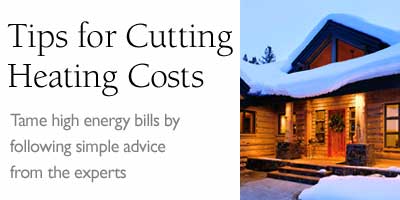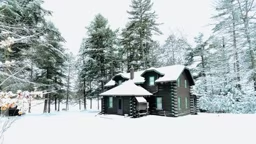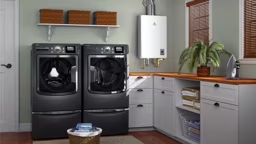
August 2003 was a rude awakening for American homeowners as blackouts hit the East Coast, temperatures soared throughout the Midwest and energy prices climbed. The winter of 2003-04 could be just as bad, if not worse, as fuel bills reflect the uneasiness in the Middle East and the aging infrastructure of power grids and pipelines. If you're purchasing a log home package, you can no longer consider energy efficiency an option. It is now a necessity. The good news: a recent study confirmed what log home owners have always known — log homes are energy efficient. According to Bion Howard at Building Environment Science and Technology, the BEST study contracted by the Log Homes Council shows that even with climate, insulation and proper window installation variables, log homes perform between 3 and 15 percent better than stick-framed homes.
Cushioning The Blow
What is the least expensive way to heat a home? Typically it’s natural gas, but the cost of gas is going up dramatically and no one knows when it will level off. In warmer climates, a wood stove may be all that is necessary to heat during the short cold period. While expensive, an electric system runs close to 100 percent efficiency and is good for heating small spaces. A standard combustion furnace may only be 83 percent efficient, but it can warm the entire house, even with registers closed.
Keeping In The Heat
According to Howard, an air sealing package goes beyond chinking between logs and using foam gaskets and caulk to avoid excess air leakage. Because of log mass, every log home design should take advantage of passive solar heating. Opening up more south-facing windows to the winter sun can mean substantial savings.Howard suggests having a computer study done on your home design to see if passive solar heating can make a difference. "When the passive solar windows are enlarged, low-e (low-emissivity) glass is a very good idea because it helps reduce the cooling system in the summer," he adds.







_11868_2023-04-27_10-18-256x288.avif)



